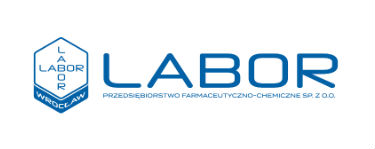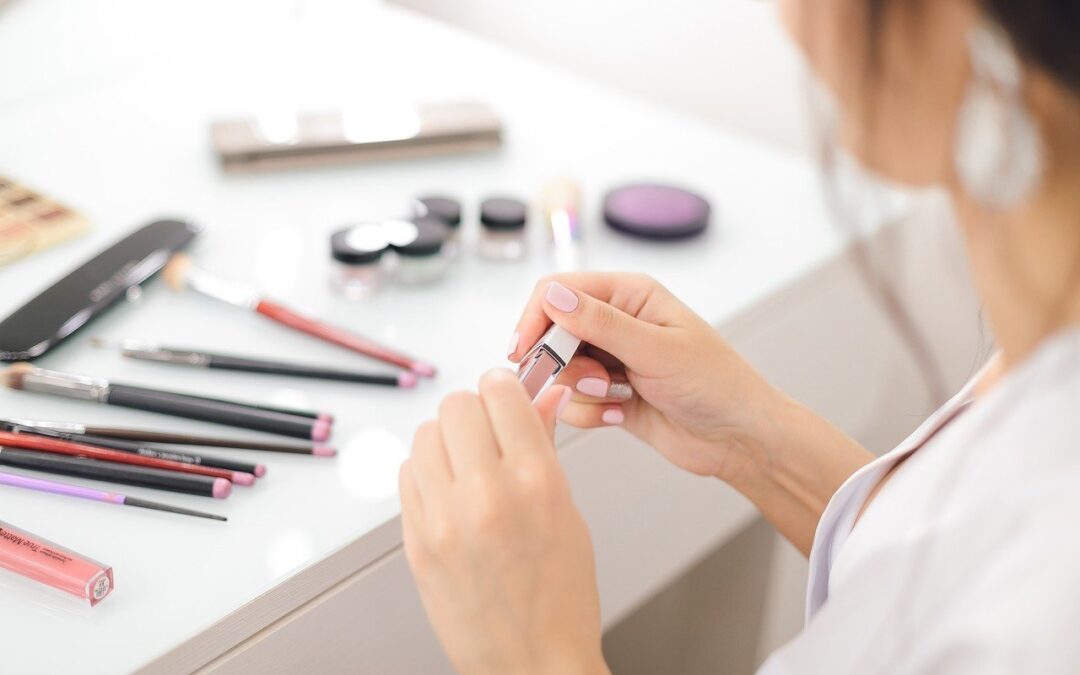Probably most of us are aware that the packaging of each cosmetic must contain its composition. This is required by European Union law. The composition of the cosmetic product is given in the form of a list of names, often complex, strange and incomprehensible, beginning with the abbreviation “INCI”. However, not everyone knows that this provision is structured according to strictly defined rules. Knowing them allows you to learn quite a lot about a given product and thus assess its care potential, adaptation to the needs of our skin or the risk of irritation or allergic reactions. Therefore, it is worth learning about the basic rules for specifying the composition of cosmetic products. This is the first step to conscious care.
What does the mysterious abbreviation INCI mean?
INCI stands for International Nomenclature of Cosmetic Ingredients. It is an international naming system for cosmetic ingredients aimed at standardizing the composition of cosmetic products. It was introduced in 1997. Of course, not all countries in the world use it, but it is widely used, among others in the European Union, in other European countries, in the United States, China, Australia, New Zealand and Japan.
Is it difficult to learn composition analysis according to INCI?
The difficulty of reading the composition given according to INCI is mainly due to the fact that the terms appearing on the list do not resemble those we use every day. Not only are they a combination of the names of chemical compounds and the scientific names of plant species, they are also a mixture of different languages. Producers very rarely provide the compositions in Polish, and when they do, they usually mention only the most important active substances for marketing purposes. Nevertheless, it is enough to learn the main principles that govern INCI, learn a certain number of names of popular cosmetic substances and practice a bit to efficiently analyse the composition of a cosmetic, and thus make more conscious purchases.
What rules for reading the composition according to INCI should you know?
We read the list as standard, from left to right. The compositions given in this way contain the English names of the chemical compounds (eg Hyaluronic Acid) and the Latin names of the plants (eg Aesculus Hippocastanum Seed Extract). Sometimes, next to the Latin name, for ease of use, there is also English in brackets, for example Persea Gratissima (Avocado) Seed Oil, which in this case is avocado oil. It should be noted that some substances may have several different names, such as liquid paraffin, which we most often find in the composition as Paraffinum Liquidum, although we can also meet the term Mineral Oil.
The names of the ingredients used in a given cosmetic product are listed according to the percentage of their content, from the highest to the lowest. This means that at the beginning there are the most abundant substances in the cosmetic, and at the end the fewest substances. The exception are ingredients with a concentration below 1%, which can be placed at the end of the list in any order. Producers usually list them alphabetically, but it is not a rule. These substances are usually preservatives, dyes and fragrance ingredients.
Finally, two points should be mentioned. Substances in larger complexes must also be listed in the INCI. This means that it is not enough to give a name such as “peptide complex”. All peptides included in the complex should be listed. In addition, some manufacturers register a trademark for their innovative ingredients or complexes. Then, in the marketing description on the packaging, we will most likely find trade names with an additional special mark, while the INCI list will contain a chemical name, usually a completely different one. Cosmetic companies often register a trademark for the sunscreens and their complexes they create. For example, the UVA filter PARSOL? 1789 is INCI: Butyl Methoxydibenzoylmethane. It is worth knowing about it, so as not to look in vain for a trade name in the composition according to INCI.
What names should you look for?
In cosmetics, we usually have the most water, which is known as Aqua. As the names of chemical substances are given in English, oils can be recognized by the Oil particle, butter – Butter, extracts – Extract, hydrolates – Flower Water, alcohols – Alcohol, acids – Acid, glycols – Glycol etc. It is also worth noting that silicones we will recognize the endings -cone, -siloxane or -conol, and parabens after the term -paraben.
The fragrance composition as a whole is referred to as Parfum or possibly Aroma, however the individual components of the fragrance, which have been recognized as potential allergens according to European Union law, must be listed in the INCI composition if their concentration exceeds 0.01% in a washable cosmetic or 0.001% in a permanent cosmetic. This group consists of 26 substances, among them the most popular are: Benzyl Salicylate, Benzyl Alcohol, Citronellol, Limonene, Linalool, Eugenol, Geraniol.
Dyes, on the other hand, are most often given in the form of the abbreviation CI (Color Index) with a specific number, eg CI 77891 (titanium dioxide, titanium white). I also encourage you to read one of the previous articles in the “Skin Care” series on atopic skin care, in which you will find tips on what ingredients to look for on the list and which to avoid if you are struggling with dry skin or atopic dermatitis.
What do we not learn from the composition according to INCI?
Although the composition according to INCI provides us with a lot of information about the cosmetic, it does not allow us to recreate the recipe exactly. We will not find a specific content (percentage or weight) of a given ingredient, nor will we find out in what proportions individual substances were used. This means that we can meet two cosmetics with the same composition according to INCI, but differing in formula and properties.
The composition in the form of a list does not say anything about the quality of the ingredient used, and the quality, purity and method of obtaining the substance are of great importance, especially in the case of natural ingredients, such as oils or essential oils. For example, we have refined and unrefined oils, the chemical composition of which will differ significantly. Similarly, various extraction methods have an impact on the content of individual compounds in, for example, essential oils or plant hydrolates.
The maximum concentration of some substances is regulated by law, which allows us to conclude what amount of a given ingredient can be expected in our cosmetic. In products with acids, vitamin C or retinol, manufacturers often indicate the percentage concentration for marketing reasons or because they offer products with a different concentration of a given substance.
Sometimes you can get the impression that the active substance at the end of the list is present in the cosmetic in trace amounts and there is no chance of giving us a visible result. In fact, sometimes it is a marketing maneuver to declare the content of popular but expensive ingredients. A small addition is to enable the name to be placed on the packaging and encourage consumers to buy the product. Sometimes, however, ingredients simply have a low maximum allowable concentration or their effect is strong even at low concentrations. Such an example will be cosmetics with retinol, where the concentration of 0.5% already gives specific effects, and in owners of sensitive skin it can even cause irritation or flaking.
Of course, learning to analyse the composition of cosmetics requires practice, remembering foreign names and remembering the basic concepts of chemistry lessons, but this does not mean that each of us must have a PhD in cosmetic chemistry. Knowledge of the basic rules will allow for an overall assessment of the composition. We pay more and more attention to what we eat. Why not approach what we apply on the skin with the same care? Thanks to this, we will not only avoid disappointments related to the effectiveness of the products, but also minimize the risk of allergies or irritations. So let’s learn the rules and practice. Good luck!
It is worth taking a look: Regulation (EC) No. 1223/2009 of the European Parliament and of the Council of 30 November 2009 on cosmetic products.
AUTHOR: Ewelina Nowobilska




